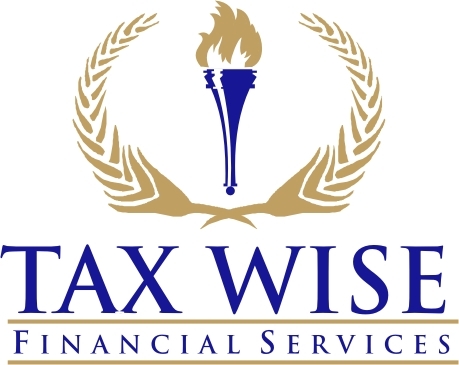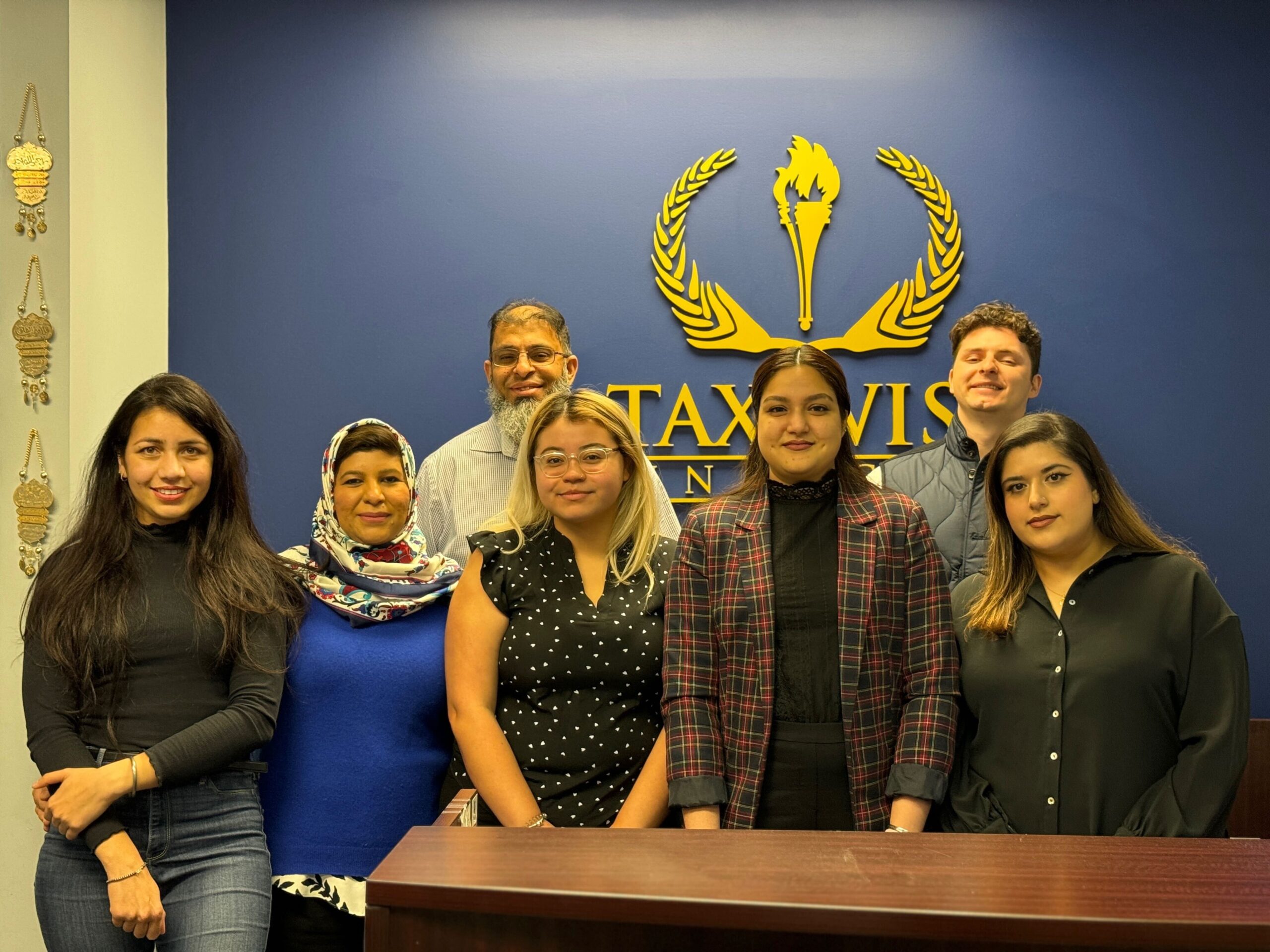
When it comes to planning for retirement, one of the smartest choices you can make is to open and use a Traditional IRA. This account doesn’t just help you save for your future—it can also help you keep more money in your pocket today. By understanding how a Traditional IRA works and combining it with the right tax saving investments, you can lower your tax bill and grow your wealth over time.
In this article, we’ll break down what a Traditional IRA is, how it helps with taxes, and the best strategies to use in 2025 to get the most out of your money. We’ll also answer the big question:
What combination of contributions and tax saving investments provide the highest tax savings?
Understanding the Traditional IRA
A Traditional IRA (Individual Retirement Account) is a special account you can use to save money for retirement. The big benefit is that the money you put into the account can be tax-deductible. That means if you earn $50,000 a year and contribute $6,000 to your Traditional IRA, the government may only tax you as if you made $44,000.
This tax break is one of the main reasons people choose a Traditional IRA. Your money grows tax-deferred, which means you won’t pay taxes on it until you withdraw it in retirement. At that point, you’ll pay regular income taxes on the money.
So, in short:
- You pay less in taxes today.
- Your money grows without being taxed each year.
- You pay taxes later when you take the money out, usually in retirement.
Contributions: The First Step to Savings
Your first tool for tax savings is your contribution. In 2025, the IRS sets limits on how much you can put into a Traditional IRA each year. While the exact limit may change from year to year, the idea is the same: the more you contribute, the more tax savings you could get right now.
For example, if you’re in the 22% tax bracket and you contribute $6,000, you could save around $1,320 in taxes (because $6,000 x 22% = $1,320).
That’s money that stays in your pocket today while also helping you in the future.
But contributions are just one piece of the puzzle. To maximize your savings, you also need the right tax saving investments inside your IRA.
Tax Saving Investments: Growing Your Money Smartly
A Traditional IRA isn’t just about the money you put in, it’s about how that money grows. That’s where tax saving investments come in.
Here are some popular choices:
- Index Funds and ETFs
These investments track the overall stock market and often have low fees. Over time, they tend to grow steadily. - Bonds and Bond Funds
Bonds are safer than stocks, and while they don’t grow as fast, they provide steady income. The tax-deferred nature of the IRA means you don’t have to worry about paying yearly taxes on bond interest. - Dividend Stocks
Normally, dividends are taxed each year. But inside a Traditional IRA, you don’t pay taxes until withdrawal. This makes dividend stocks a strong tax saving investment. - Target-Date Funds
These funds automatically adjust over time. If you’re retiring in 2050, a 2050 target-date fund will get safer as you get closer to retirement.
The key is to choose a mix of investments that match your age, goals, and risk level.
Combining Contributions and Tax Saving Investments for Maximum Benefit
So, how do contributions and investments work together to give you the highest tax savings?
Here’s the formula:
- Contribute as much as possible: The more you put in, the bigger your tax break today.
- Choose long-term growth investments: The longer your money grows without taxes, the more powerful the effect.
- Balance growth and safety: Younger savers can lean on stocks for growth, while older savers may prefer safer bonds.
Imagine you contribute $6,000 every year for 30 years and invest in a mix of stocks and bonds. If your investments grow at an average of 7% a year, your account could grow to more than $600,000. And because of the tax-deferred growth, you wouldn’t pay any taxes along the way. That’s the magic of combining contributions with tax saving investments.
Example: Two Savers, Two Outcomes
Let’s look at two people:
- Saver A contributes the maximum to their Traditional IRA but invests in cash that earns almost no return.
- Saver B contributes the same amount but invests in index funds and bonds.
After 30 years, Saver A will have saved money on taxes today, but their account will have barely grown. Saver B, however, will not only have saved money on taxes but will also have a large retirement account. This shows why the right mix of contributions and tax saving investments is so important.
Things to Watch Out For
While a Traditional IRA is powerful, there are some rules and limits to keep in mind:
- Contribution Limits: You can only contribute up to the IRS limit each year.
- Income Limits: If you earn too much, your contributions may not be fully tax-deductible.
- Withdrawals: If you take money out before age 59½, you may face taxes and penalties.
- Required Minimum Distributions (RMDs): Starting at age 73, you’ll have to take out a certain amount each year, whether you need it or not.
Knowing these rules can help you avoid costly mistakes.
Planning Ahead in 2025
In 2025, tax laws may continue to change, but the core benefits of a Traditional IRA remain the same: contributions lower your taxable income today, and tax saving investments help your money grow over time.
To plan ahead:
- Check your tax bracket to see how much you can save with contributions.
- Review your investment mix each year to keep it balanced.
- Start early—the earlier you contribute, the more time your money has to grow.
Final Thoughts
A Traditional IRA is one of the best tools for both retirement savings and tax savings. By making regular contributions and choosing the right tax saving investments, you can enjoy lower taxes today and a more secure future tomorrow.
The combination of contributions and long-term growth investments provides the highest tax savings. The earlier and more consistently you contribute, the greater your advantage will be.
So, as you look ahead in 2025, ask yourself: are you using your Traditional IRA to its full potential? With the right approach, you’ll be setting yourself up for maximum tax savings and long-term success


